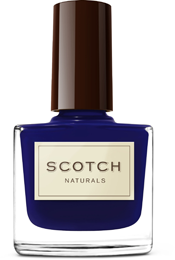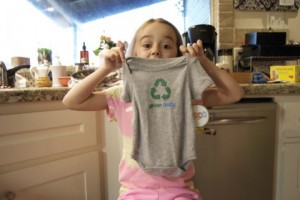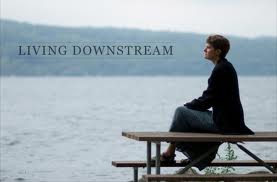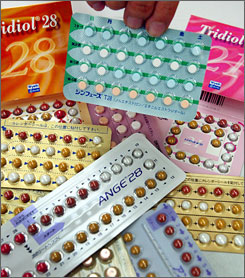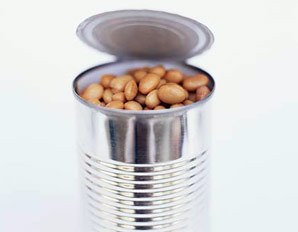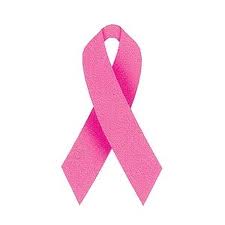The Truth About Tampons & Pads
There’s no denying how bad tampons are for the environment. The facts are staggering:
- A menstruating woman uses on average 11,000 tampons in her lifetime.
- 7 billion tampons are dumped into landfills each year (plus another 13 billion sanitary pads!)
In short, feminine hygiene products are polluting our rivers, lakes, streams, and world. 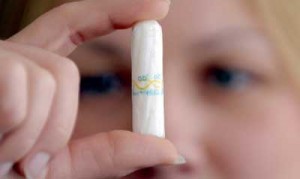
What many people don’t realize is that conventional feminine hygiene products are also harming our bodies. Conventional tampons and pads contain chemicals, toxins, additives, and synthetic materials. They are often made from chlorine-bleached and pesticide-grown cotton blends. These chemicals are known carcinogens (substances directly involved in causing cancer) and are being directly absorbed by our vaginal walls.
To really “go green,” you gotta start with your monthly visitor. Last summer, we posted some information about these hidden dangers and offered some safe, smart alternatives. Here’s to celebrating those alternatives again.
Although getting your period may be a nuisance to some women, it should never be life threatening. Thankfully, there are companies making products you can buy and feel good about, like Seventh Generation, Natracare, and the Diva Cup: They all have the health of women on their minds.
Research on the dangers of conventional tampons is ongoing. But we have enough information and alternative options now to make conscious and safe choices for our bodies and our environment. Empower yourself, your friends, and your family, and tell them about alternative, affordable, organic, and sustainable feminine hygiene products.


